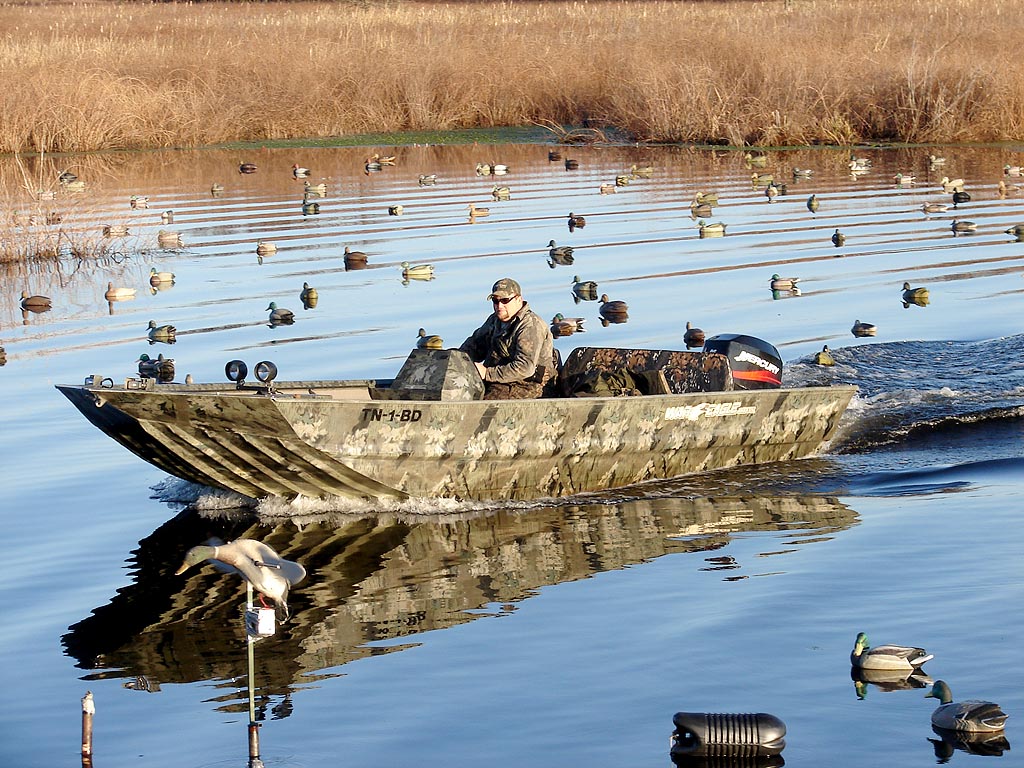
Radar - this aims microwave pulses at the water surface. From the echo it measures the 'time of flight' of each pulse and from this it can calculate how far away the water surface is, and hence the depth. As they don't require infrastructure such as stilling wells, installation is relatively inexpensive. The gas is usually air or nitrogen supplied from a gas bottle or may be air compressed by a small electrically-powered pump. The lower end of the tube is securely fastened underwater at a reference depth. The weight of the water is coupled to the pressure measuring element through a gas-filled tube, rather than being in direct contact with the water. Gas bubbler pressure transducer - this is like the submersible but the pressure transducer is located above the water, safe from floating debris and other threats. Because they are vulnerable in a sometimes hostile underwater environment, the gas bubbler option is usually preferred in longer term deployments. Submersible pressure transducer - this measures the 'weight of the water' above it and outputs an electrical signal, or a number proportional to the relative depth. As they need to be installed in a stilling well, installation costs are higher than they are with other types of water level instrument. The encoder outputs a number that relates to the position of the water surface. NIWA commonly uses five different types of water level instrument:Įncoder - an instrument that mechanically couples the position of the water surface to an electrical rotary encoder, using a wire with a water surface float connected at one end and a counterweight at the other. It's important to select an instrument that's right for your application to ensure you'll get reliable data.

Compass card is luminescent for low light conditions.The impact-resistant boot has multiple eyelets for attachment of clips or lanyards to keep the gauge close at hand and from dragging over the environment.There are different types of instrument available for measuring water level. A side window with compass degrees allows gun-sight accurate use when precise headings are required. Bezel has twin heading indicators for alignment of compass course, and a double lined lubber line across the compass face. A ratchet bezel with compass headings in 10-degree increments and 30-degree indicator marks. Dual magnets give faster response and with a maximum working tilt angle of 20-degree ensures accurate compass headings. The compass is oil filled for a quick and responsive movement. Depth Gauge has a 0' to 230' readout with a safety red color-coded section from 0' to 30'. Depth Gauge is color coded for easy and safe reading at a glance. This feature allows the diver to not record that depth while diving, yet will be available upon surfacing for later calculations for repetitive dives. The MDNI will remain at the maximum depth reached for the duration of the dive to indicate the diver's deepest depth reached during the dive. The MDIN is pushed by the gauge depth needle until the diver meets their maximum depth. This very accurate oil filled depth gauge reads depth from 0' to 230' and comes equipped with a maximum depth indicator needle (MDIN). Gauge is nitrox ready to 40% oxygen out of the box. The pressure gauges 7/16" UNF neoprene jacket double braided high-pressure hose has a 360-degree swivel and is 36" (90cm) long.
#WELL DEPTH GAUGE FULL#
The 2000 psi to full scale is color coded in blue. Pressure gauge has 0 to 5,000 psi readout with a safety reserve 1000 psi color coded in red to allow the diver to know that they are low on air.


Face of pressure gauge is color coded for safe air reserve in a glance.

The compact pressure gauge with its durable brass case and techno polymer lens has a luminesce dial for easy reading in day or night diving situations. The material used in manufacturing Mares instruments boots, are highly shock resistant elastomer to protect the gauges accuracy, and affords a secure grip in every situation with any type of glove. Mares, has always paid special attention and devotee's its self to ergonomic design.


 0 kommentar(er)
0 kommentar(er)
